WEB IProcess Pyme LITE!
Ideal for small companies that need productive modules, 10 corporate emails, 5 sections, 20 product catalog, 5 SEO campaigns, e-commerce.

 Español
Español
 English
English
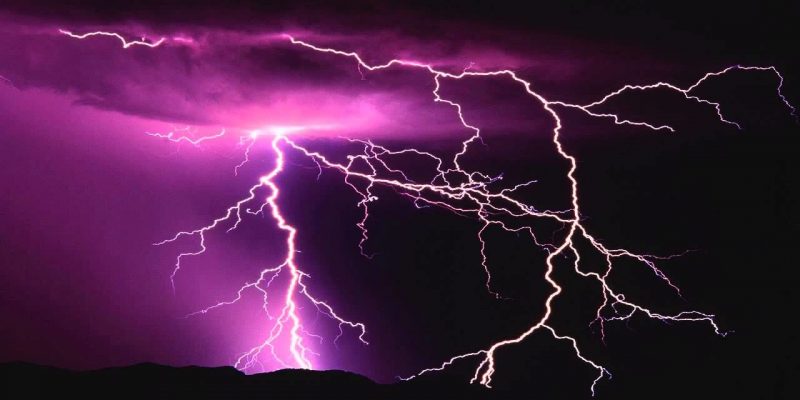
In Switzerland, a team of researchers from the École Polytechnique Fédérale in Lausanne achieved something that seemed impossible a few years ago: predicting when lightning will strike. The most amazing thing is that the natural phenomenon is predicted with the help of artificial intelligence.
If so, the development of the tool could be of great use to farmers because lightning starts fires that can destroy crops, in addition to killing people by the powerful electrical discharge.
Using standard weather data and machine learning, Swiss scientists created a relatively simple and inexpensive system that can predict a large lightning strike 10 to 30 minutes before the event, within a radius of 30 kilometers.
Machine learning
"We have used machine learning and artificial intelligence techniques to successfully predict near and far lightning hazards by studying observing meteorological parameters at a single site," the authors noted in a new article published in the journal Climate and Atmospheric. Science.
Prediction using artificial intelligence uses observation values ??and mathematical models. The researchers also collated data on lightning strikes in the past to build an algorithm to make predictions more accurate.
Additionally, the scientists improved the machine learning algorithm to recognize the weather conditions in which lightning typically spawns.
80% hit margin
All of the above helped the artificial intelligence system complete the learning phase and achieved correct predictions to detect new rays with an accuracy of approximately 80% correct.
The researchers noted that the system is fairly cheap and easy to replicate.
"Today`s systems are slow and very complex, requiring expensive external data from radar or satellite," Amirhossein Mostajabi, the doctoral student who devised the technique, told Science Daily. “Our method uses data that can be obtained from any weather station. That means we can cover remote regions that are out of radar and satellite range and where communication networks are not available. "
Publication Date: 2019-11-25
Source: Fayerwayer: DEIVIS RODRÍGUEZ
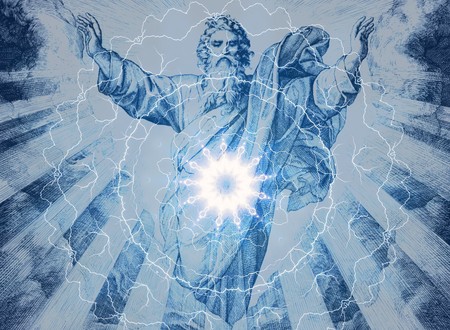
.jpg)


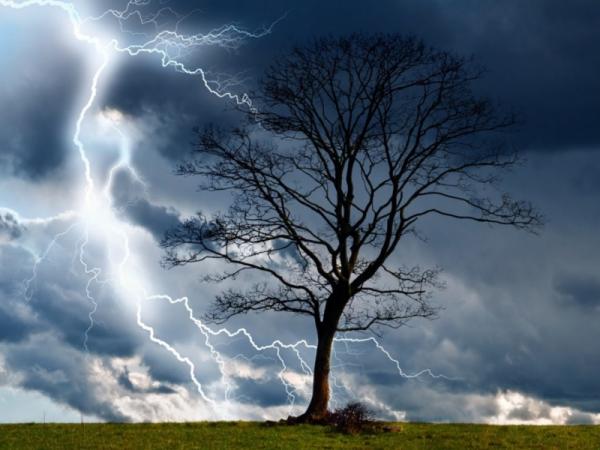
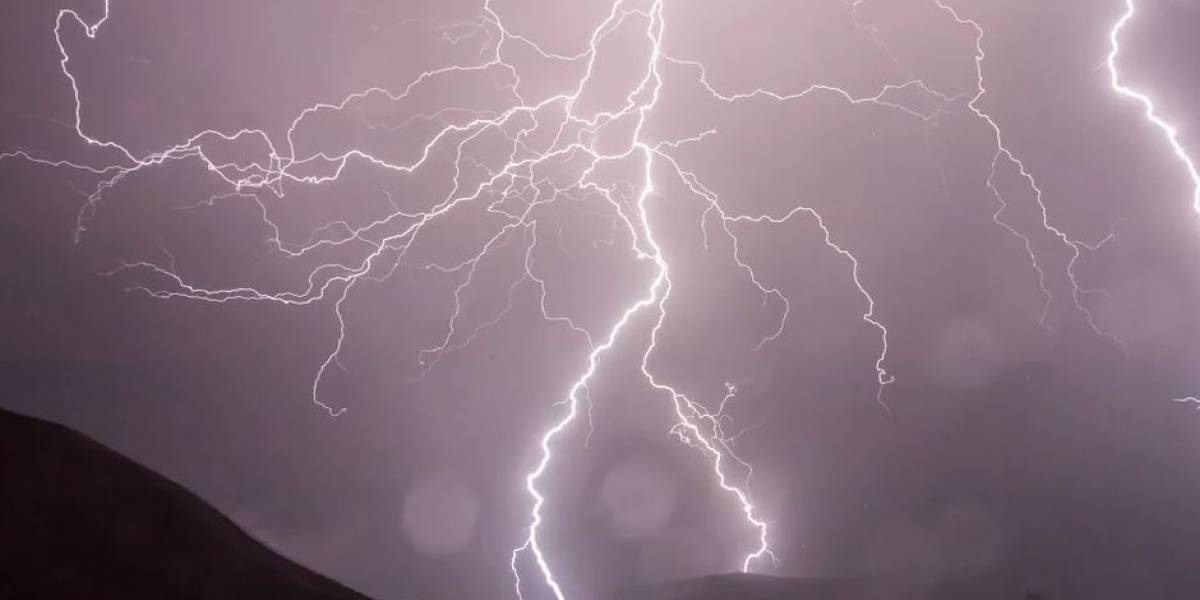
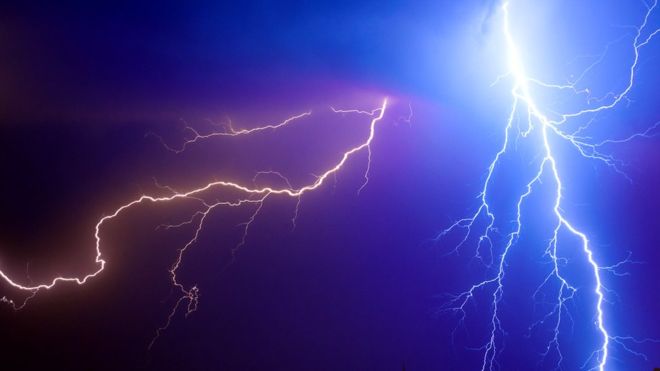

Ideal for small companies that need productive modules, 10 corporate emails, 5 sections, 20 product catalog, 5 SEO campaigns, e-commerce.

Ideal to start your presence on the internet, catalog of 5 products, updating documents, hosting, corporate emails and more!

Ideal for small companies that need productive modules, 10 corporate emails, 5 sections, 20 product catalog, 5 SEO campaigns, e-commerce.

Ideal to start your presence on the internet, catalog of 5 products, updating documents, hosting, corporate emails and more!







